Angelman syndrome: This is a rare genetically determined disease. The essence of the condition is a disorder of the nervous system involving mental and motor impairment and facial dysmorphic changes. The disease can be confused with cerebral palsy and Autism. The first description of pediatric patients with a characteristic facial appearance was made in 1965 by British pediatrician Harry Angelman.
Patients show typical symptoms such as unreasonable limb movements and fits of laughter. Correct diagnosis is critical to providing the best treatment and therapy for people with neurogenetic conditions, who often have similar symptoms such as psychomotor retardation, epileptic seizures, abnormalities of small and large motor skills, and lack of vocalization and speech. A child with Agnelam syndrome requires, above all, rehabilitation and appropriately tailored therapy.
The causes of Angelman's disease have a genetic basis. Researchers have noted a correlation in the UBE3A gene![]() located on the more extended arm of chromosome 15
located on the more extended arm of chromosome 15![]() . Humans have two chromosome 15s, inherited from their father and mother. Various mechanisms cause loss of function of the UBE3A gene:
. Humans have two chromosome 15s, inherited from their father and mother. Various mechanisms cause loss of function of the UBE3A gene:
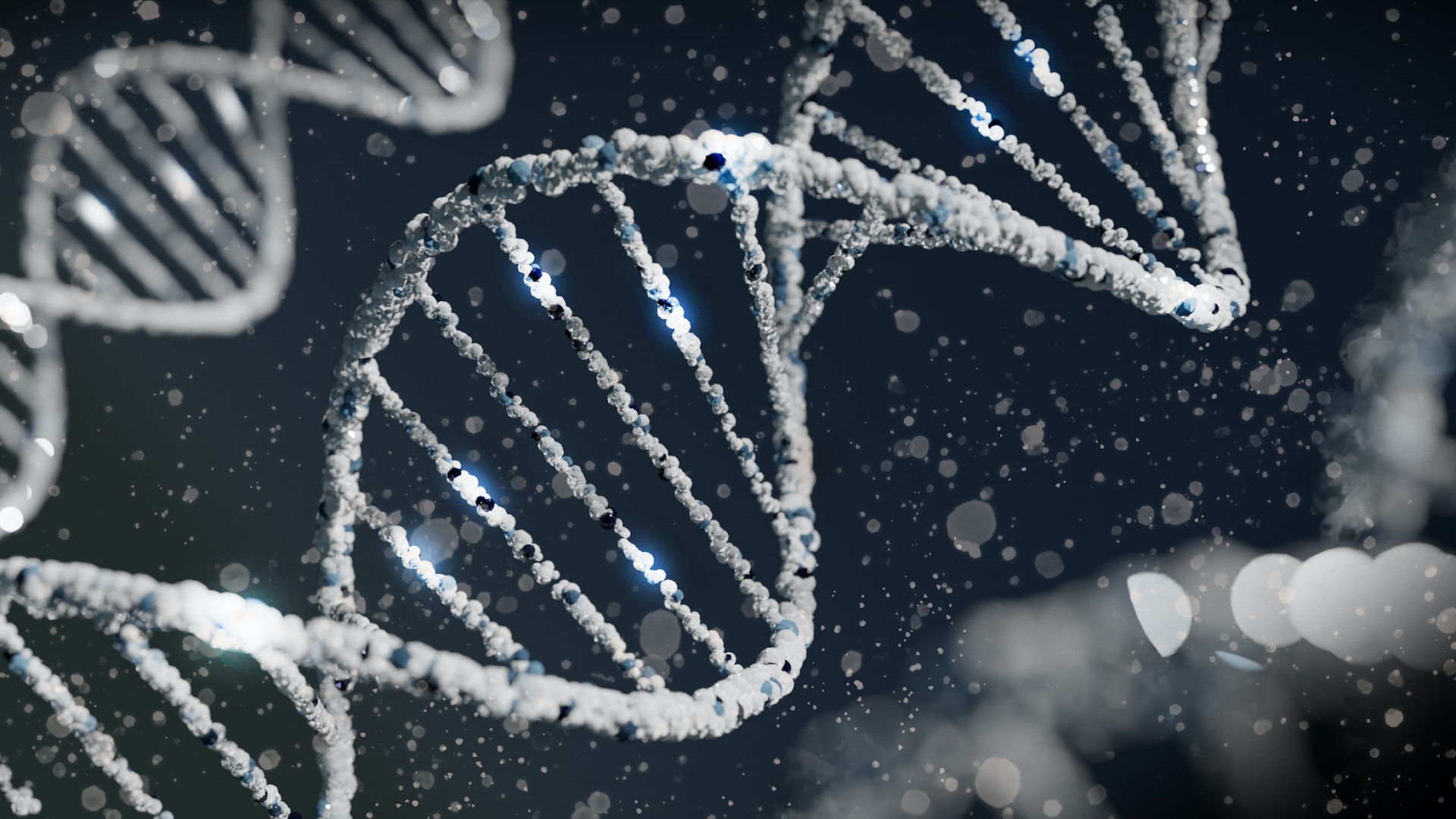
Deletion – This is the process whereby part of a chromosome falls out of the mother. It is one type of spontaneous gene mutation involving a change in DNA composition involving the loss of one or more pairs of nucleotides from the DNA. This is considered the most common cause of the development of Andelman syndrome.
Uniparental disomy – Uniparental disomy is a term used in genetics. It was first described in 1998 when a child with cystic fibrosis had both homologous chromosomes from only one parent. In the case of Angelman syndrome, both gene copies originate from the father of the child.
Mutation – Mutation refers to a change in the DNA sequence, specifically in the genes. This change ultimately affects the composition of amino acids that form proteins. Such genetic mutations can give rise to novel genes and gene variants, resulting in advantageous characteristics, abilities, and even genetic disorders. Mutation of the UBE3A gene in Anderman syndrome means the gene is passed on from the mother.
Imprinting – The process involves inheriting a disabled copy of the UBE3A gene from the mother. In some areas of the brain, only the copy of the gene from the mother is active. If the gene is inactive, e.g., due to a mutation, part of the brain area does not function properly. This is a rare cause of Angelman syndrome.
Children with Angelman syndrome have characteristic features of appearance, referred to as dysmorphic changes. Typical personality-related symptoms can also be seen. The first symptoms appear already in infants. These include feeding problems, which can occur within the first six months of life. General symptoms include:

Developmental delay – Children suffering from Angelman syndrome manifest significant abnormalities in the functioning of the nervous system; mental and physical developmental delay![]() is particularly evident. After six months, the child begins to develop more slowly. Later on, they show severe developmental and intellectual delays. However, the severity of developmental delays can vary among patients.
is particularly evident. After six months, the child begins to develop more slowly. Later on, they show severe developmental and intellectual delays. However, the severity of developmental delays can vary among patients.
Epileptic seizures – Epileptic seizures are a common occurrence in individuals with epilepsy, a neurological disorder. These seizures are characterized by temporary brain dysfunction, which leads to sudden nerve cell discharges. In the case of Angelman syndrome, epileptic seizures typically manifest before the age of three.
Speech problems – In infants and young children, a lack of vocalization and babbling is a common symptom of speech problems. Older children tend to speak using only a few words. Individuals with Angelman syndrome face difficulty communicating through traditional auditory speech. The underlying abnormalities in their nervous system contribute to the absence of speech.
Movement problems – These symptoms are already noticed in young children who experience delayed gross motor skills. Children cannot hold their heads and raise themselves to a standing position. On the other hand, the gait is usually slowed and unsteady, and there are balance disorders. The child starts to attempt crawling after the age of 2 and first steps at the age of 4-7. Motor coordination problems consist of limb movements that could be more fluid and stable. Muscle tremors and problems with independent movement may also occur.
Specific behavioral disorders – Children with Angelman syndrome have an unusually cheerful disposition manifested by frequent laughing, smiling, and easy excitement. The child is exaggeratedly positive, smiles for no reason, and is hyperactive. This is why Angelman syndrome is colloquially called happy puppet syndrome. In addition, children with Angelman syndrome often show hypersensitivity to high temperatures and display a fascination with water. Sleep disturbances and an apparent low need for sleep may also occur.
Specific physical appearance – Individuals with Angelman syndrome often have distinctive physical features called dysmorphic features![]() . Patients have a small head circumference, an excessively protruded mandible, and a flat occiput. The widely spaced teeth cause swallowing and sucking disorders, sometimes obsessive chewing, and a protruding tongue. The eyes are widely spaced, and strabismus may be present. Patients also have a narrow upper lip. In addition to this, because children with Angelman syndrome suffer from mobility problems, scoliosis is prominent, and they are more often affected by obesity
. Patients have a small head circumference, an excessively protruded mandible, and a flat occiput. The widely spaced teeth cause swallowing and sucking disorders, sometimes obsessive chewing, and a protruding tongue. The eyes are widely spaced, and strabismus may be present. Patients also have a narrow upper lip. In addition to this, because children with Angelman syndrome suffer from mobility problems, scoliosis is prominent, and they are more often affected by obesity![]() than the population.
than the population.
Ocular defects – Other neurological problems, nystagmus, and visual defects are common in people with Angelman syndrome. Nystagmus is the involuntary, excessive movement of the eyeballs. They move quickly and in an uncontrolled manner. Strabismus, a condition in which the eyeballs are misaligned, can also occur. It is associated with various types of monocular and binocular vision disorders. Myopia is also common, a visual impairment in which close objects such as books are clear, while distant objects such as a school blackboard are blurred.

A correct diagnosis is critical to providing the best treatment and therapy. Many children with Angelman Syndrome often go undiagnosed or misdiagnosed, typically being labeled with cerebral palsy or Autism. This delayed or incorrect diagnosis leads to missed opportunities for early therapeutic intervention, making it difficult to personalize the therapies offered to the child. Furthermore, it also prevents access to appropriate treatment.
Angelman syndrome is suspected based on the symptoms and characteristic dysmorphic changes described above. Genetic tests are performed to confirm the disorder, such as:
Karyotype testing – At diagnosis, other neurological diseases should be excluded. Diagnosis of rare diseases, including Angelman syndrome, is not easy. This is due to the different mechanisms involved in their formation. In the case of Angelman syndrome, if the disease is caused by the loss of a fragment of genetic material within chromosome 15, it may already be apparent in a karyotype test. This test is performed from a peripheral blood sample.
FISH test – Deletion of smaller fragments requires a FISH (fluorescence in situ hybridization![]() ) test using a specific molecular probe that binds to the subject's genetic material. The absence of two copies of the gene responsible for the development of Angelman syndrome confirms its diagnosis.
) test using a specific molecular probe that binds to the subject's genetic material. The absence of two copies of the gene responsible for the development of Angelman syndrome confirms its diagnosis.
ACGH test – The second method used to diagnose Angelman syndrome is the aCGH (array comparative genomic hybridization![]() ) technique. The test allows assessment of the molecular karyotype, i.e., analysis of the number and structure of all chromosomes and detection of aberrations and chromosome micro aberrations without the need for cell culture. The molecular karyotype test is used primarily in the diagnosis of congenital anomalies. It assesses the number and structure of all chromosomes with a resolution of up to several thousand base pairs. If the test finds a microdeletion within chromosome 15 and a mutation in the UBE3A gene, it confirms the clinical diagnosis of Angelman syndrome.
) technique. The test allows assessment of the molecular karyotype, i.e., analysis of the number and structure of all chromosomes and detection of aberrations and chromosome micro aberrations without the need for cell culture. The molecular karyotype test is used primarily in the diagnosis of congenital anomalies. It assesses the number and structure of all chromosomes with a resolution of up to several thousand base pairs. If the test finds a microdeletion within chromosome 15 and a mutation in the UBE3A gene, it confirms the clinical diagnosis of Angelman syndrome.
Methylation tests – Other tests used in diagnosing Angelman disease are methylation tests![]() . Methylation tests allow analysis of the methylation pattern, which will be altered in both single-parent disomy and deletion of the maternally derived allele in Angelman syndrome. In some cases, the doctor also orders tests on the parents of a child with Angelman syndrome. This is done when the disease is suspected of being inherited from the parents.
. Methylation tests allow analysis of the methylation pattern, which will be altered in both single-parent disomy and deletion of the maternally derived allele in Angelman syndrome. In some cases, the doctor also orders tests on the parents of a child with Angelman syndrome. This is done when the disease is suspected of being inherited from the parents.
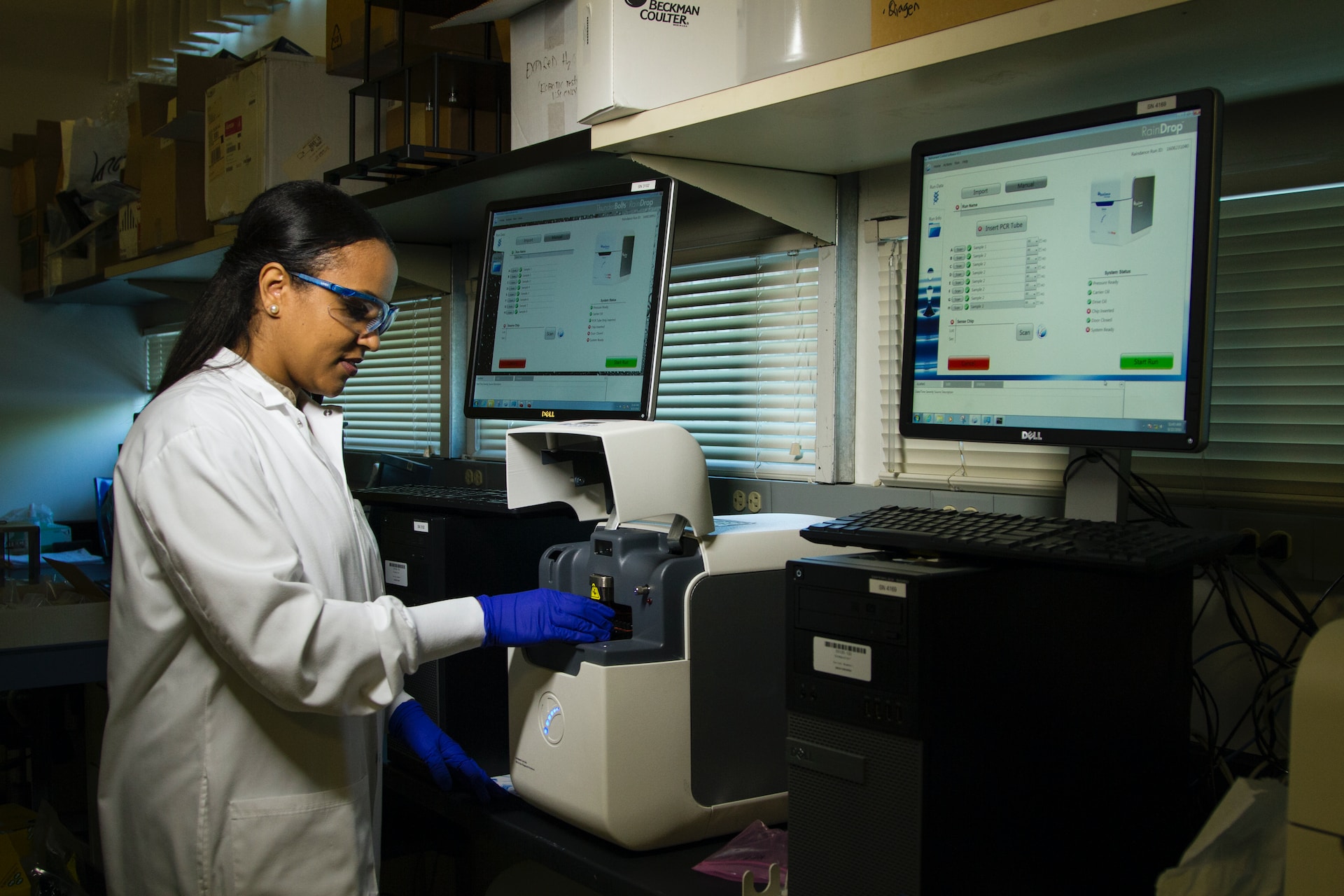
Angelman syndrome is a genetic condition that cannot be cured completely. Angelman syndrome is a holistic and chronic developmental disorder requiring multi-specialist therapy and care throughout the patient's life. There is also great hope in gene therapy, which may cure the disease in the future. However, no therapeutic options currently involve replacing the missing gene with another. Treatment, therefore, comes down to alleviating the symptoms of the disease and depends on the individual patient's problems. Now, the following treatments are used:
Above all, symptomatic treatment is used during Angelman syndrome to improve the patient's quality of life, as there is no specific treatment![]() . When epilepsy is present, doctors employ neurological therapy and use sleep medication to minimize sleep problems. In some cases, a ketogenic diet or the implantation of a vagus nerve stimulator may offer assistance. Surgeons can also correct spinal curvature and speech and mobility problems are addressed through rehabilitation.
. When epilepsy is present, doctors employ neurological therapy and use sleep medication to minimize sleep problems. In some cases, a ketogenic diet or the implantation of a vagus nerve stimulator may offer assistance. Surgeons can also correct spinal curvature and speech and mobility problems are addressed through rehabilitation.
It is vitally important for patients with Angelman syndrome that rehabilitation is implemented early, affecting their comfort in life. Methods include alternative communication, brain enhancement, coordination, manual skills, and emotional and social maturity![]() . Early therapeutic measures in infancy minimize the effects. Developing motor skills evenly and systematically enhances the overall quality of life in this domain. There isn't a single definitive therapeutic approach to support impaired development since each child progresses uniquely with distinct abilities, limitations, and specific needs.
. Early therapeutic measures in infancy minimize the effects. Developing motor skills evenly and systematically enhances the overall quality of life in this domain. There isn't a single definitive therapeutic approach to support impaired development since each child progresses uniquely with distinct abilities, limitations, and specific needs.
Therapeutic plans require collaboration among multiple therapists from different disciplines. Success in therapy is dependent on close cooperation with educationalists, psychologists, speech therapists, and parents. The treatment should encompass all symptoms, including the child's development, functional abilities, and emotional well-being. It is a lifelong process that adapts to changes in the child's environment.

Physiotherapy – Disorganisation of the functioning of the neurological structures responsible for postural control, balance, muscle performance, coordination, and more results in motor disorders. Various therapeutic models are used in physiotherapy. Research is still being conducted, and the results of the effectiveness of therapeutic models are being analyzed.
Speech therapy – An essential aspect of the improvement model is speech therapy. Early activation of the articulatory organ facilitates later therapy and promotes intellectual and social development. Speech deficits in children with Angelman syndrome do not withdraw spontaneously because they do not exercise their speech organs in the same way as their peers. Communication is also developed through alternative communication methods using symbols, gestures, and concretes.
Behavioral therapy – The approach to the child and their development should also consider the psychosocial aspect. Considering the interrelationship between speech processes, thinking, emotions, body posture, and motor patterns, therapeutic management will be complete and adequate when therapy is included. The observation and assessment of psychomotor development from infancy to adulthood is based on developmental phases. The different forms of manipulation, imitation, gestures, manual, and constructional activities are related to norms and pathologies. Social, emotional, and cognitive functioning influence the developmental dynamics of the child with Angelman syndrome, activating, improving, and increasing motivation and creativity.
Professionals working with children who have developmental disorders must possess extensive knowledge and consistently seek new information to effectively implement therapeutic practices. It is crucial to understand that no single prepackaged approach guarantees success when working with each individual child. However, it is worthwhile to refer to approaches that, having a neurophysiological basis, are oriented towards the sensory sources of the child's acquisition of knowledge about their body and external environment.
It is currently estimated that the life expectancy of people with Angelman Syndrome is similar to that of the general population. There are documented cases of patients who have reached 70 years of age. Certain risk factors associated with the disease may underestimate the prognosis due to the burden of epilepsy or mental retardation. Premature death can also occur as a result of pneumonia, drowning, or choking. However, the genetic disease does not directly affect life expectancy as in Parkinson's disease.
Various risk factors increase the likelihood of a child developing Angelman syndrome. Various molecular abnormalities lead to the characteristic symptoms of Angelman Syndrome. Consequently, assessing the risk of manifestation of the disease is complex. This is because the occurrence of Angelman Syndrome is due to random genetic events. However, the following risk factors can be distinguished:
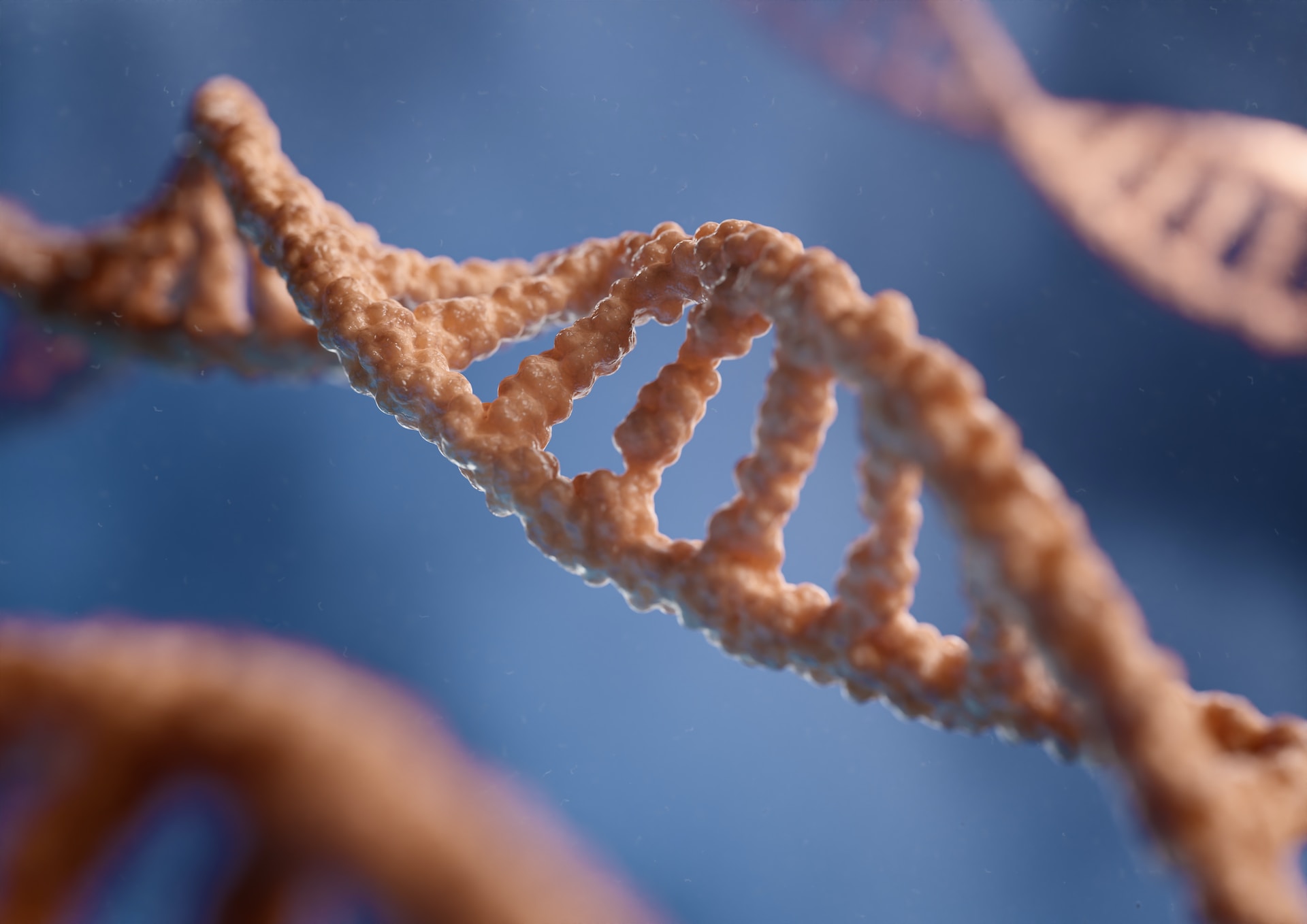
Mutation of the UBE3A gene in the mother – In a proportion of Angelman Syndrome cases following a mutation in the UBE3A gene in the mother, there is a risk of giving birth to a child with Agnelman Symdrome for each pregnancy. It should be emphasized that transmission of the mutated UBE3A gene by the mother![]() results in the manifestation of the features associated with Angelman Syndrome. In contrast, the father's transmission of the defective UBE3A gene does not induce symptoms of the disease in the child.
results in the manifestation of the features associated with Angelman Syndrome. In contrast, the father's transmission of the defective UBE3A gene does not induce symptoms of the disease in the child.
Parental age – Researchers cite the age of the parents can be another factor that increases the risk of Angelman syndrome in a child. The older they are, the higher the frequency of uncontrolled mutations in the genetic material. This is due to an impairment of the repair systems that control cell division. This is relevant in the case of Angelman syndrome resulting from uniparental disomy.
A large proportion of Angelman syndrome cases are misdiagnosed due to the similarity of symptoms to other conditions. These include:
The disorder was first described in 1911 as an inability to maintain relationships with the environment. Since then, the term Autism has evolved, but still some symptoms can be confused with Angelman syndrome, especially in early childhood. In Autism, as in Angelman syndrome, the first symptoms occur early, as early as the first three years of life.
Observations have shown that already in the first 12 months of life, it is possible to observe that a child's behavior distinguishes them from healthy peers. In Autism, low activity and abnormal facial expressions may resemble the specificity of behavior in Angelman syndrome. Children with autism may exhibit various symptoms based on impairments in social communication, including difficulty focusing attention compared to their peers and a lack of response when called by their name. Additionally, speech delays or limitations can further complicate the diagnosis process.
However, it is worth noting that in early childhood Autism, there is often an inability to show contentment and joy through smiling, which can distinguish the disorder from Angelman syndrome.

Cerebral palsy![]() is a large and very heterogeneous group of disorders that have movement disorders as a standard feature. These can be expressed in different ways and varying degrees of severity. The movement and coordination problems commonly associated with Angelman syndrome can sometimes be mistakenly identified as cerebral palsy.
is a large and very heterogeneous group of disorders that have movement disorders as a standard feature. These can be expressed in different ways and varying degrees of severity. The movement and coordination problems commonly associated with Angelman syndrome can sometimes be mistakenly identified as cerebral palsy.
It's important to note that cerebral palsy, regardless of its form, is caused by early brain tissue damage. This damage, which is nonprogressive, leads to abnormalities in movement and posture. In addition, the motor dysfunctions that are an essential symptom of cerebral palsy are also the causative mechanism for speech disorders and delayed speech development. Articulation is significantly deformed.
What distinguishes cerebral palsy from Angelman syndrome are the hardly noticeable symptoms of the disease in a very young child. The most essential features of cerebral palsy are the movement symptoms, which become more apparent as the child grows older because they alter their motor development.
Angelman syndrome and Prader-Willi syndrome are two developmental disorders resulting from genetic abnormalities. Angelman syndrome and Prader-Willi syndrome result from a partial deletion of the chromosome 15. If the disorder has occurred in the paternal copy of the chromosome, the disease will manifest as Prader-Willi syndrome. If, on the other hand, the deletion occurred in the genetic material of the mother, the offspring will develop Angelman syndrome.
Characteristics of Prader-Willi syndrome include short stature, mental retardation, speech retardation, genital underdevelopment, diabetes and obesity. Patients gain weight significantly because they experience a constant, uncontrollable feeling of hunger despite their low energy requirements. The first symptoms of the disease can already be seen during pregnancy. Weakened movements of the baby and abnormal heart rhythm are worrying signs.
Reduced muscle tone can be observed in infants, associated with a lack of facial expressions, mobility, and crying. Breathing and expectoration problems may occur. Babies gain weight poorly and develop more slowly than their peers. Patients are characterized by delayed emotional and motor development and speech disorders. Intellectual disability of varying degrees and sleep problems may occur.
Because of these symptoms, Prader-Willi syndrome is similar to Angelman syndrome, but genetic testing should distinguish between the two disorders.
People with Angelman syndrome require special care because of the problems they experience as a result of the disease. Taking care of a child with a genetic disorder can be challenging and requires dedication, even when the child grows into adulthood. However, local and national support groups can offer assistance. Families dealing with Angelman syndrome should consider ongoing educational and therapeutic support, which may include behavioral therapy, applying for disability benefits, state waiver programs, and comprehensive care.
It is essential to note that individuals with Andelman syndrome often experience anxiety and are prone to depressive states. Anxiety is a prevalent symptom in children with Angelman syndrome and should, therefore, be considered a significant factor affecting their well-being. Anxiety is often followed by highly undesirable self-injurious behavior, which can negatively affect the child as well as the carers. Ensuring and allowing the child to develop properly is fundamental to the treatment and care of people with Angelman syndrome.
The group of disorders known as Angelman syndrome is manifested by abnormalities in the functioning of the nervous system. As a result, patients are distinguished by a characteristic facial appearance, intellectual disability, and lack of speech. A rigid way of moving, resembling marionette-like movements, also appears. Seizures and unwarranted bursts of laughter may occur. Genetic testing is often used for diagnosis, distinguishing Angelman syndrome from other disorders.
Patients are recommended rehabilitation, speech exercises, and non-verbal communication techniques. Mitigation of epileptic seizures is achieved through the use of anticonvulsant medication. Children suffering from sleep disorders are given sleeping pills if necessary. In addition, it will be essential to consult specialists if specific problems are exacerbated, such as ophthalmological advice. Patients may show a tendency to gain weight. The prognosis of the disease is good. People affected by Angelman syndrome live to adulthood but need constant care from a second person.
Table of Contents
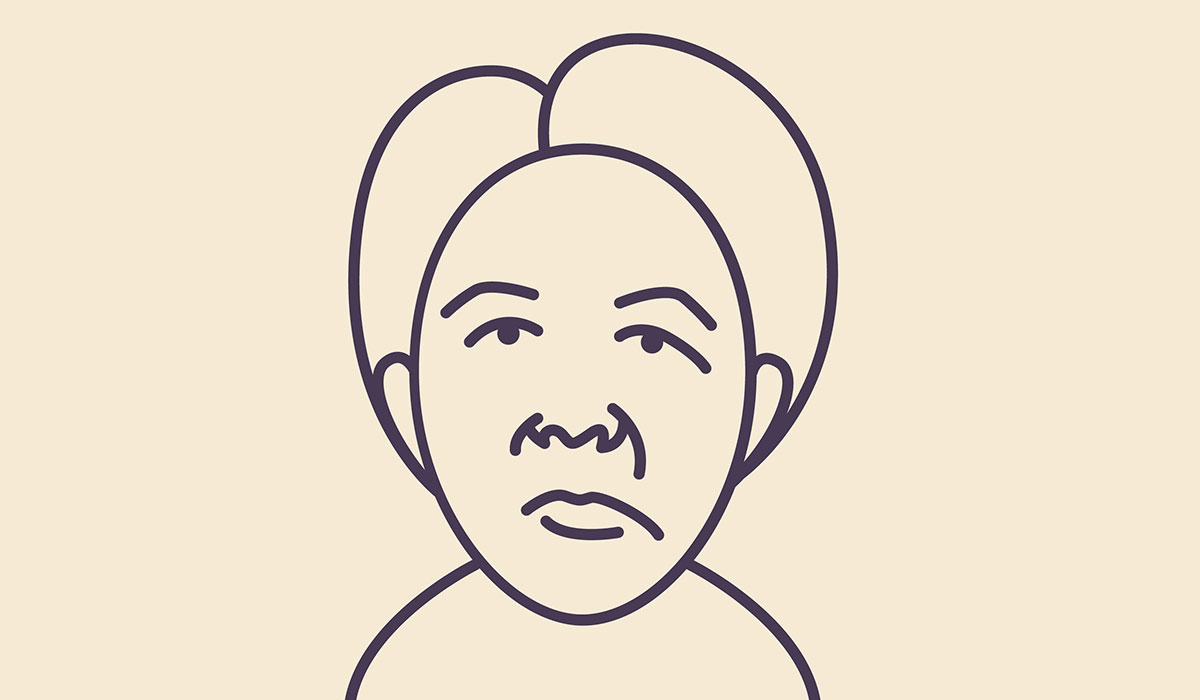
Bell's palsy is a sudden weakening or paralysis of facial muscles, typically on one side of the face. It's a… read more »
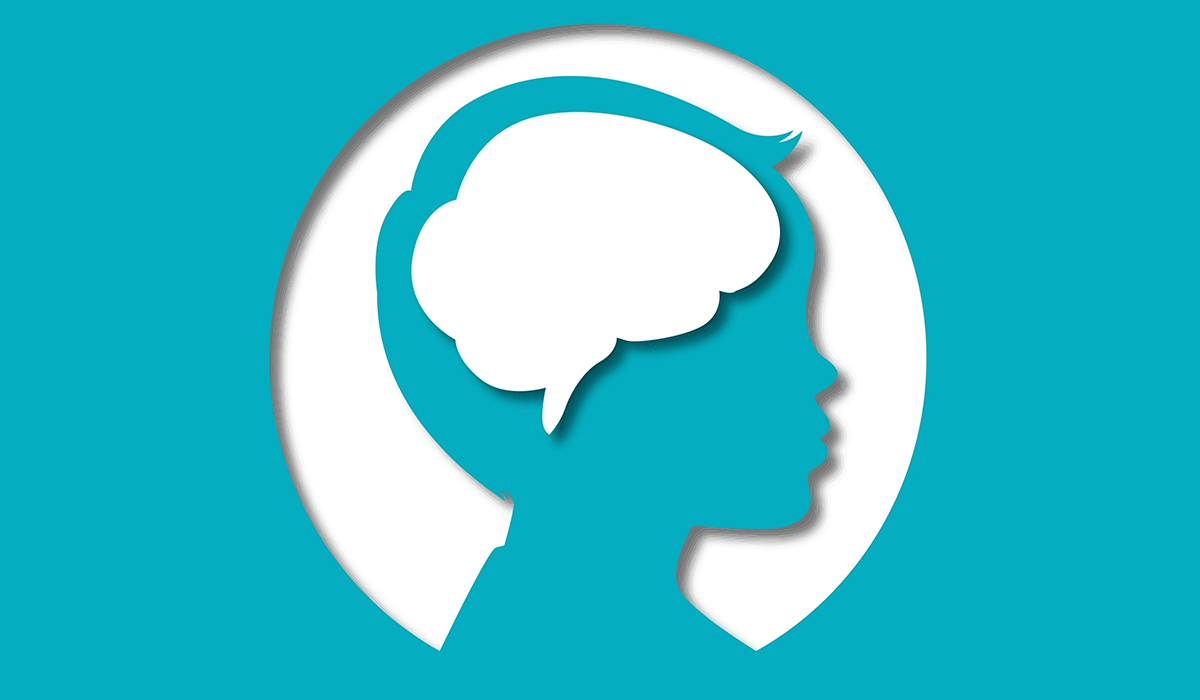
Cerebral palsy is a set of disorders characterized by impaired psychomotor development. What are its causes? What is the treatment… read more »

Aphasia is the loss of language abilities in various areas – understanding speech, pronouncing logical sentences, naming objects. What are… read more »

Ehlers-Danlos Syndrome is a group of diseases with a genetic basis. Learn all the symptoms associated with EDS. Find out… read more »

Ataxia is a motor coordination issue when individuals struggle with exact movements, holding the correct posture, or having standard walking… read more »
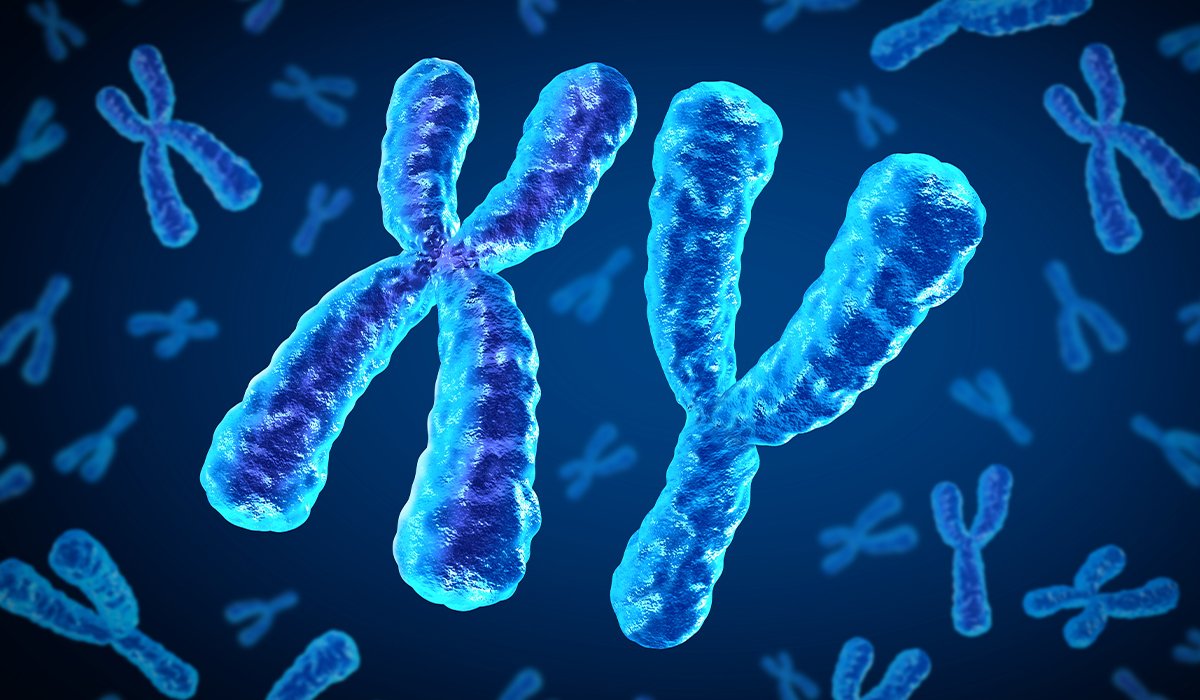
A chromosome is a long, thread-like structure made of DNA and proteins that contains genetic information. What are its function? read more »
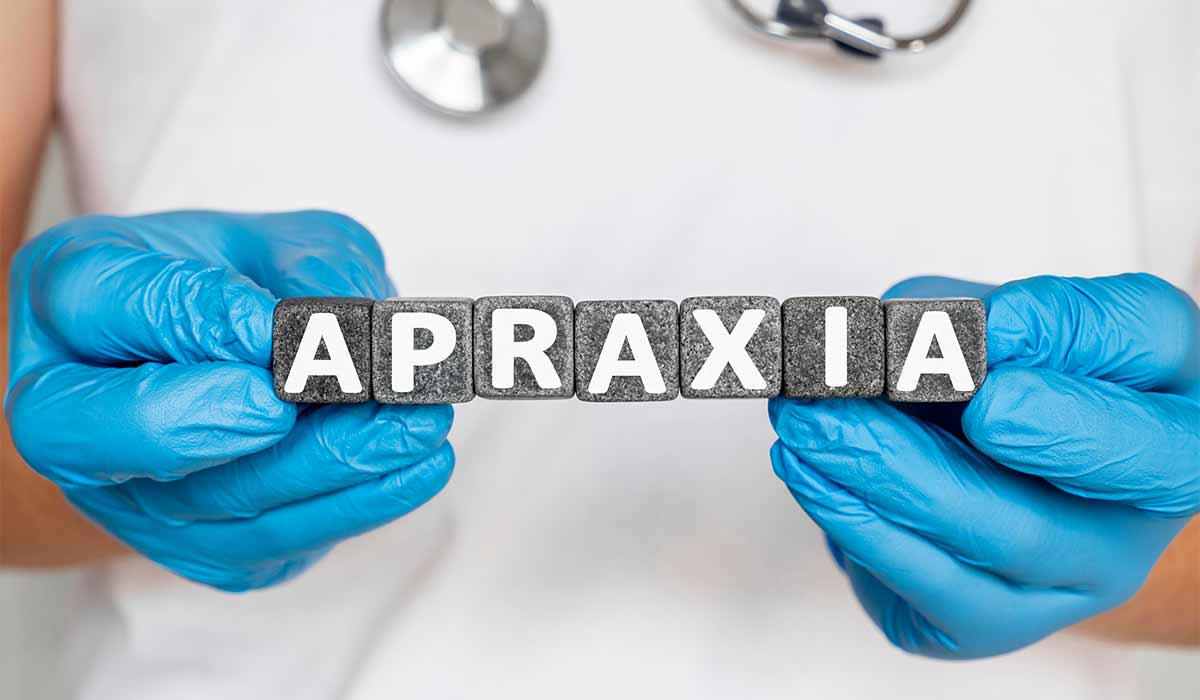
Apraxia is a neurological disorder. It is the inability to perform known movements or activities on command. How can it… read more »
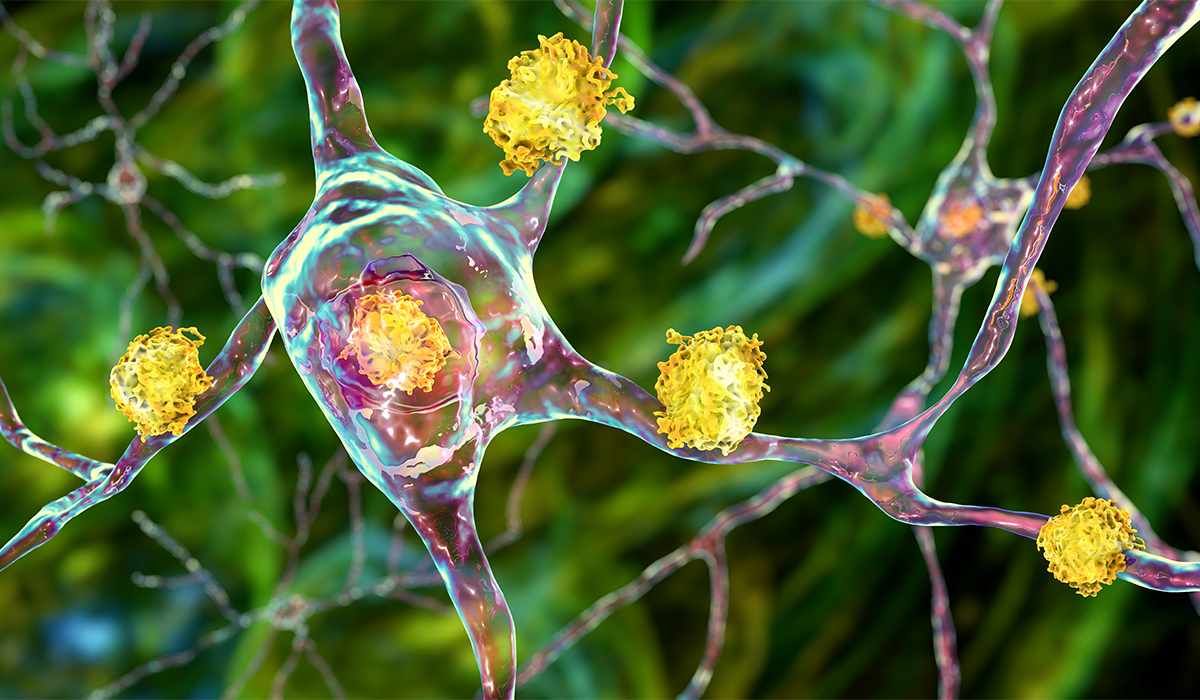
Huntington's disease is genetically determined. No effective cure has yet been developed, but research into modern treatments is ongoing. Learn… read more »
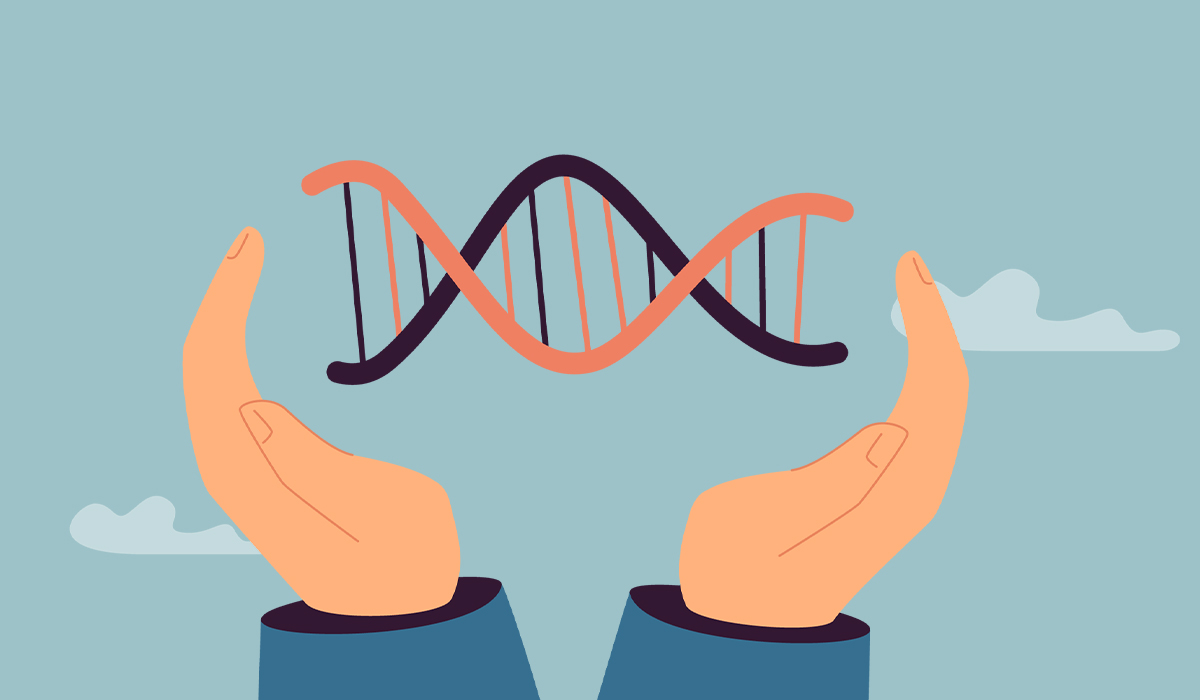
Genetic testing involves analyzing an individual's DNA to identify changes or variations in genes, chromosomes, or proteins. read more »